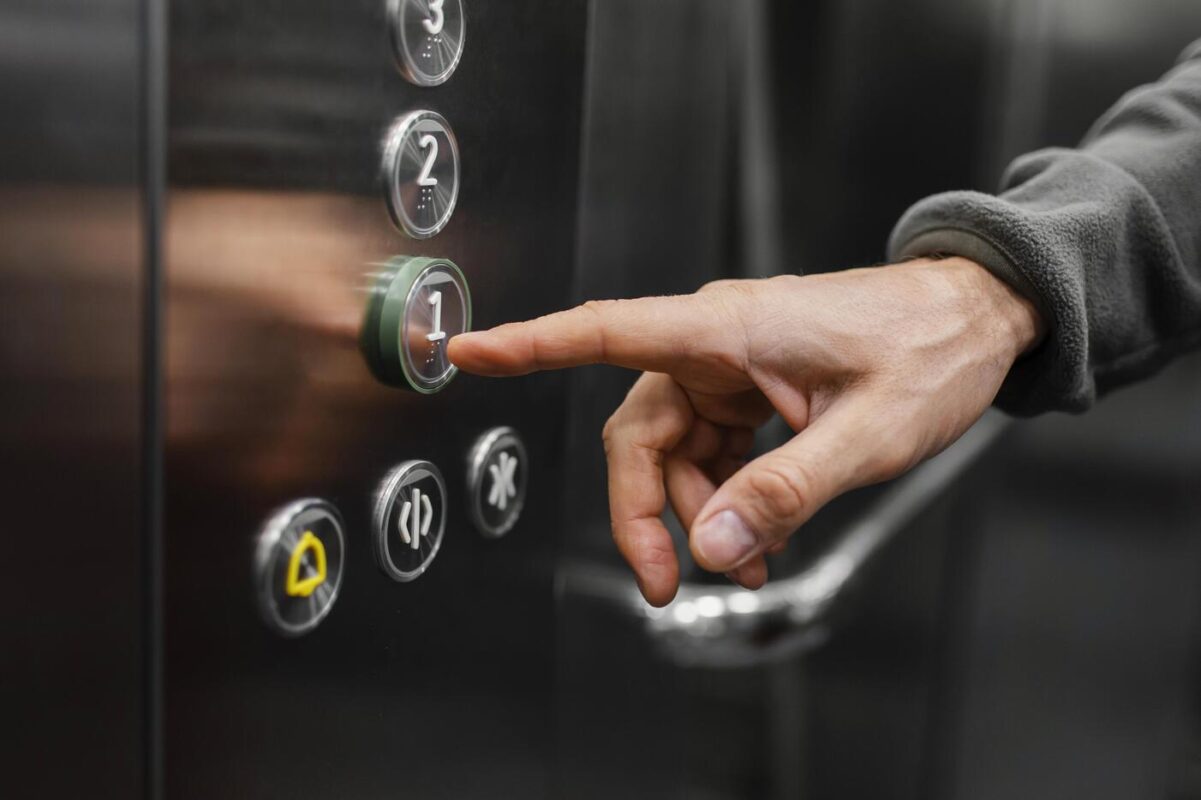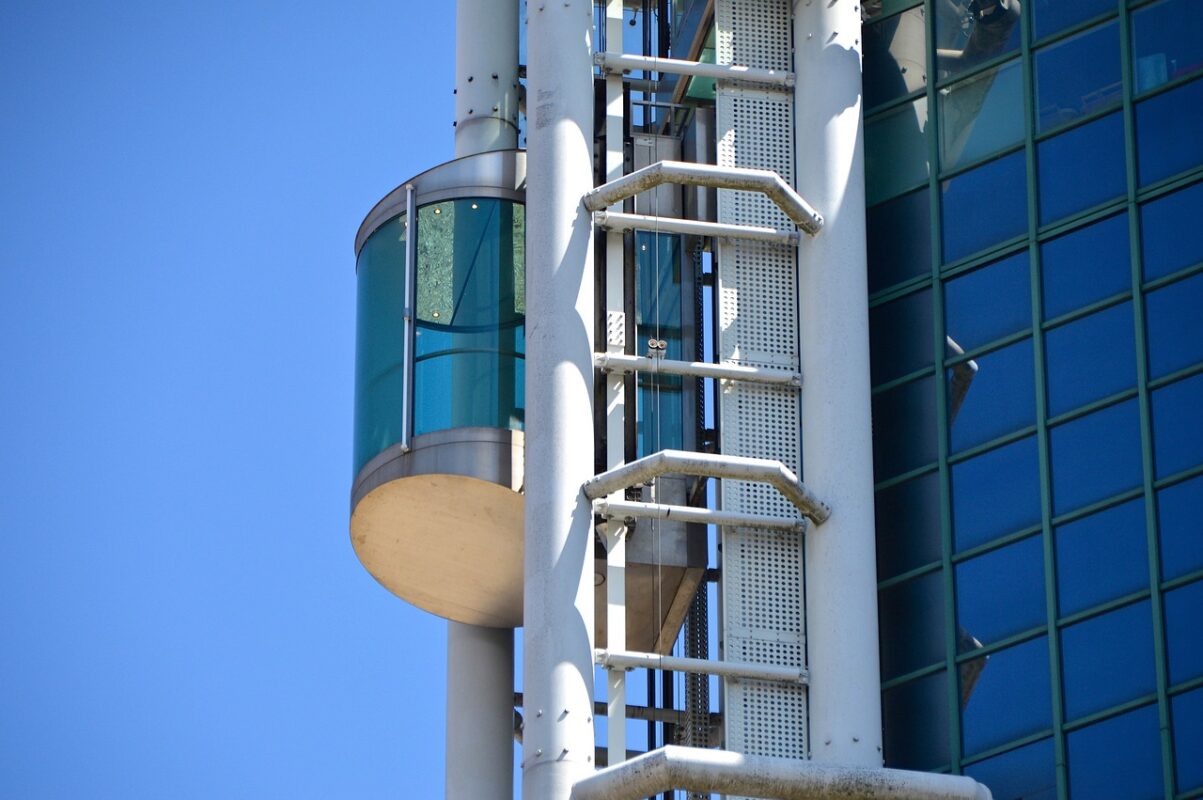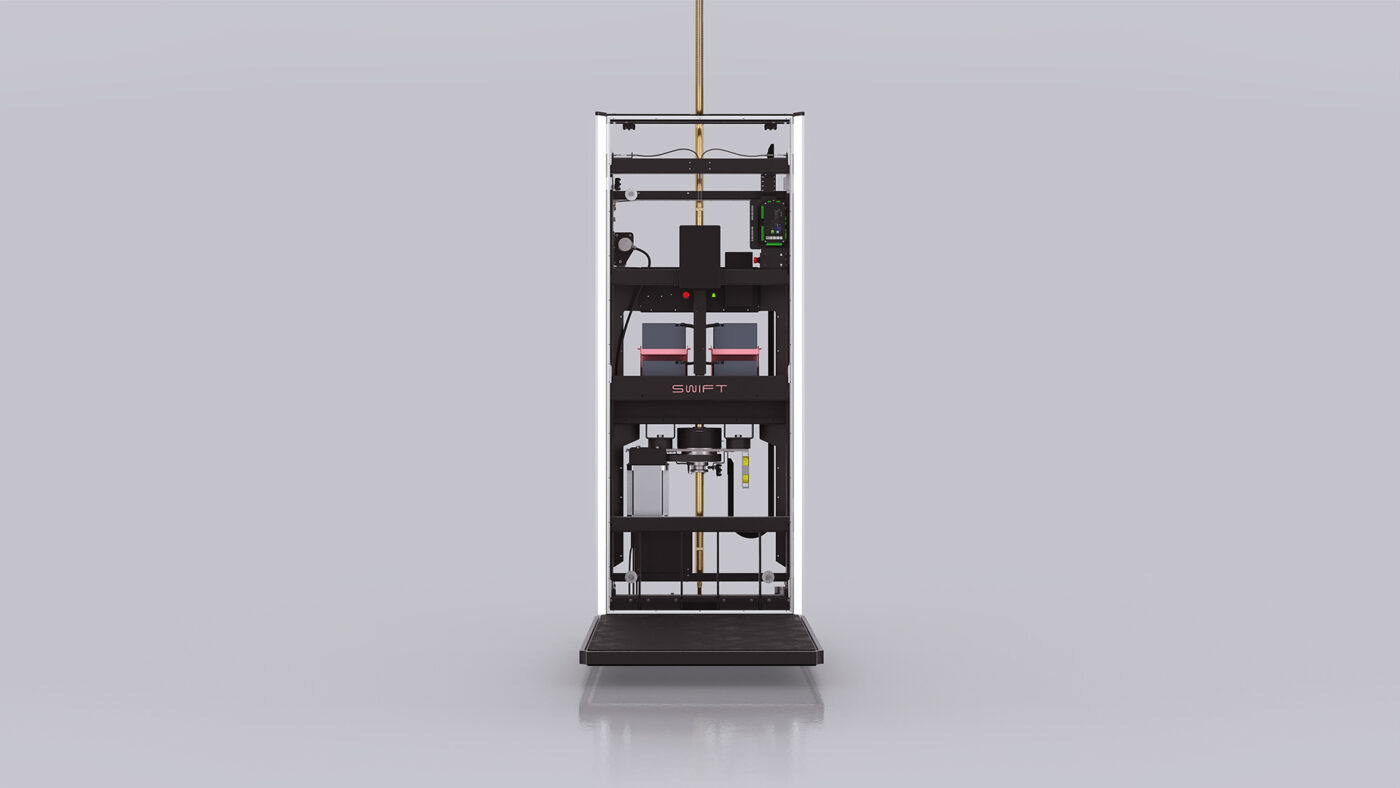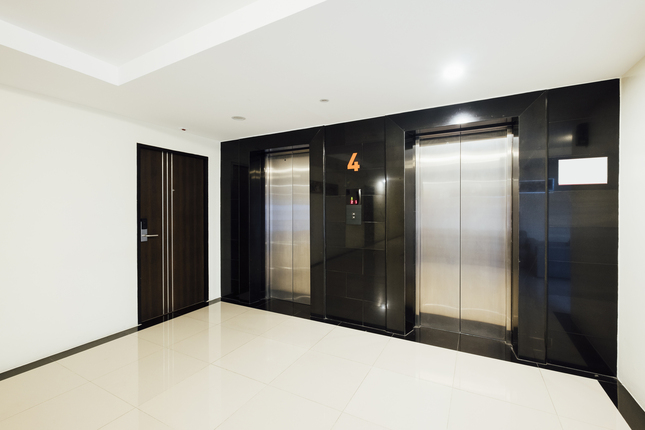
Elevators play a crucial role in the functionality and accessibility of both residential and commercial buildings. Yet, the options can be overwhelming when selecting the right type of elevator for your home. In this post, we’ll explore the four main types of elevators and discuss the dimensions to consider when choosing the best fit for your home’s mobility needs.
Much like other essential technologies, such as the internet or hot water, elevators are often taken for granted until they malfunction. While they may not receive the same level of recognition, the importance of well-designed elevators cannot be overstated. The right selected elevator for the home, ensures minimal interference with the building and provides smooth movement between floors in the most cost efficient way.
Despite being the unsung heroes of building design, elevators require careful consideration during the design process to ensure they integrate seamlessly with the rest of the building’s elements. From selecting the right type of elevator to optimizing its dimensions for maximum efficiency, every aspect of elevator design plays a crucial role in enhancing the home´s comfort and design.
4 Different Types of Elevators for Home
There are many elevators for residential use to choose from, each with its own unique features and benefits. Let’s explore four different types of elevators commonly used in homes:
Hydraulic Elevators

Hydraulic elevators utilize a hydraulic piston system to move the elevator car between floors. These elevators are known for their smooth and quiet operation, making them popular in residential settings. Hydraulic elevators are typically installed with a piston beneath the elevator car, which is connected to a hydraulic pump and fluid reservoir. When the elevator is called to a floor, the hydraulic pump pushes fluid into the piston, causing it to rise and lift the elevator car. Hydraulic elevators are suitable for low to mid-rise buildings. The downside is the fact that they require a small machine room for the hydraulic pump as well as a container for the oil.
Screw and Nut-Driven Home Lifts

Screw and nut-driven home lifts, like SWIFT, operate using a screw mechanism to raise and lower the lift. A motor makes a drive nut, fixed to the lift, to rotate along a drive screw inside the elevator. As the nut turns, the nut moves up or down along the screw, causing the elevator to move accordingly. Screw and nut driven lifts are extraordinarily compact and space-efficient, making them ideal for homes with limited space. The system is also known to be very reliable, robust and safe. Screw and nut-driven home lifts are often used in residential settings where space is at a premium, such as townhouses or duplex apartments.
Pneumatic Vacuum Elevators
Pneumatic vacuum elevators, also known as vacuum or air-driven elevators, operate on pneumatic suction to move the elevator car. These elevators consist of a cylindrical-shaped car that travels within a transparent tube installed in the home. When the elevator is called to a floor, a vacuum pump at the top of the tube creates a pressure difference, causing the elevator car to be pulled upward or downward by atmospheric pressure. Pneumatic vacuum elevators are known for their sleek, modern design and energy-efficient operation. They are suitable for homes with contemporary architectural styles and can be installed without needing a machine room or pit. The downside is the noise from the vacuum pump.
Belts and Rope-Driven Home Lifts

Belts and rope-driven home lifts utilize belts or ropes attached to a counterweight to move the elevator car between floors. These lifts operate on a pulley system, where the elevator car is connected to a counterweight via belts or ropes that pass over a series of pulleys. As the counterweight moves up or down, it counterbalances the weight of the elevator car, allowing for smooth and fast vertical transportation. Belts and rope-driven home lifts are often chosen for their speed and smooth ride. They are suitable for larger homes where there is a little more available space.
Factors to Consider When Choosing A Home Lift
If you are going to get a home lift for yourself, you will come across different elevators. Some are affordable home lifts, but some can go beyond your budget. For this, we are writing down several factors that should be considered to ensure you choose the best option for your needs and preferences. Here are some key considerations to keep in mind:
1. Assessing available space
Before choosing a home lift, assessing the available space in your home where the lift will be installed is essential. Consider the dimensions of the elevator shaft’s dimensions and any structural requirements or space limitations that may impact the installation process. Ensure adequate space for the lift to operate safely and efficiently without impeding other areas of your home.
2. Determining the travel distance
Another important factor to consider is the travel distance the elevator must cover. Determine how many floors the lift will need to access and the distance between them. This will help you choose a lift with the appropriate capacity and speed to meet your transportation needs.
3. Budget considerations
Budget is a significant consideration when choosing a home lift, as prices can vary widely depending on the lift’s type, size, and features. Consider your budget constraints and look for options that offer the best value for your investment. Remember that while upfront costs are important, it’s also essential to consider long-term maintenance and operating expenses.
4. Aesthetic preferences
Home lifts come in various designs and styles, so consider your aesthetic preferences when choosing a lift for your home. Whether you prefer a sleek and modern design or a more traditional look, plenty of options are available to complement your home’s décor. Choose a lift that enhances the overall aesthetic of your home and adds value to your property.
5. Evaluating energy efficiency
Energy efficiency is an increasingly important consideration for homeowners, so evaluate the energy efficiency of different kinds of elevator options. Look for lifts incorporating energy-saving features such as LED lighting and regenerative drive systems. Choosing an energy-efficient lift can help reduce your home’s carbon footprint and lower utility costs over time.
6. Quality and safety
There are many lifts on the market that don’t fulfil all the relevant quality and safety measures needed for home installation. Make sure to select a lift that is CE certified and has built in safety features like safety brake, emergency stop button, alarm and child lock.
Experience the Future Technology– Choose SWIFT Lifts!
If you want to upgrade your home with the latest technology, SWIFT Lifts is your go-to choice. We are dedicated to revolutionizing how you experience vertical transportation, offering state-of-the-art home lifts that redefine luxury and convenience.
At SWIFT, we pride ourselves on our commitment to innovation and quality. Our team combines cutting-edge design with precision engineering to create home lifts that not only meet, but exceed industry standards. Each of our lifts is meticulously crafted to provide seamless functionality, exceptional performance, and timeless style.
What sets SWIFT apart is our relentless pursuit of quality and durability. We get high-quality lifts to withstand the test of time. Whether you choose SWIFT Pro or SWIFT Lite, and any of our additional features, you can trust that it will deliver unparalleled reliability and longevity.
But our dedication doesn’t stop there. At SWIFT, we are committed to providing an exceptional customer experience from start to finish. Our team of experts is here to guide you through every step of the process, from initial consultation to installation and beyond. We take the time to understand your unique needs and preferences, offering personalized solutions that are tailored to your specific requirements.
Experience the future of technology with SWIFT. Contact us today to learn more about our home lifts and discover how we can elevate your living space with ease, comfort, and style.
FAQs
Home lifts typically require regular maintenance checks every 6 to 12 months, with occasional minor adjustments and lubrication, depending on usage.
Home lifts commonly use 3-phase electricity as the primary power source, although hydraulic lifts may also require hydraulic fluid for operation. Thanks to the Tesla inspired Battery system, SWIFT lifts are all run on standard 1-phase power.
The environmental effects of installing a home lift vary depending on factors such as energy efficiency, material sourcing, and disposal practices. SWIFT´s drive system, based on a battery solution that charges itself when travelling downwards, is uniquely energy efficient providing “every 4th trip for free”. The carpets used in the lifts are made of recycled plastic bottles from the ocean.
The installation time for a home lift varies depending on factors such as lift type and complexity. On average, installation can take anywhere from a few days to a few weeks, with Screw and Nut driven lifts typically requiring less time compared to Belt and Rope driven lifts.
Get In Touch










